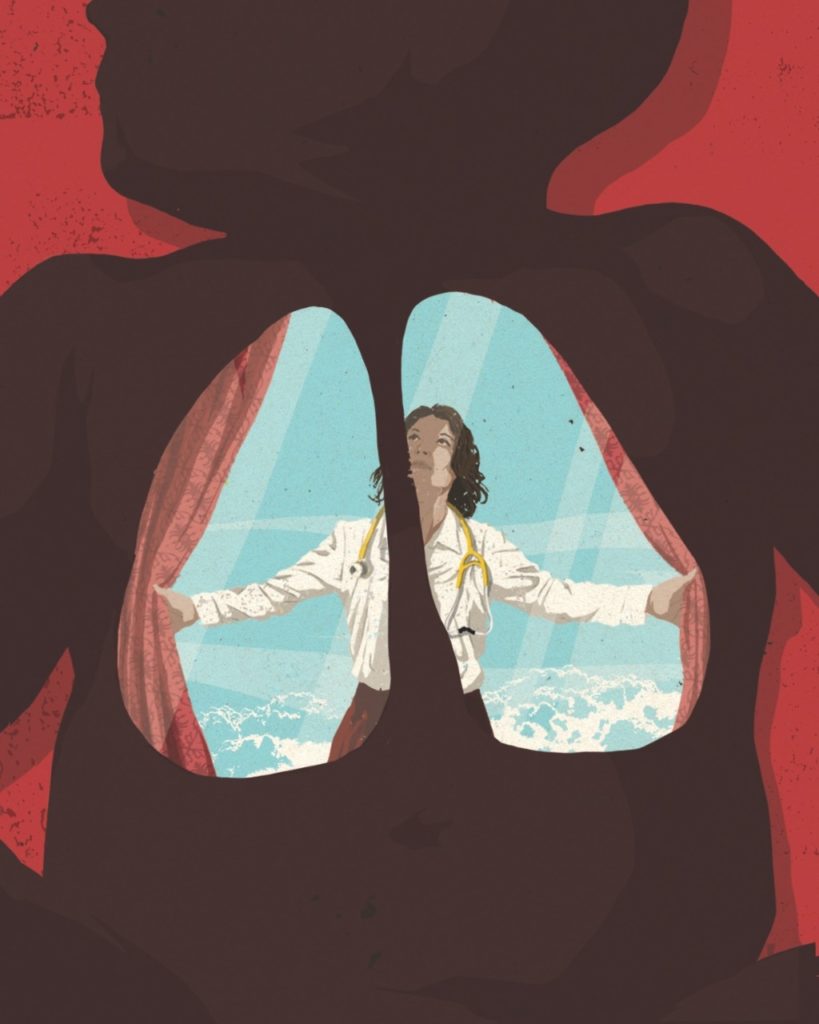A welcome breath
A bioengineered replacement solves shortage of surfactant, which helps premature babies and people with lung injuries breathe.

More than 20,000 infants in the United States are born so early every year that they can’t make enough surfactant, a substance that keeps the tiny air sacs in their lungs open. Without it, they can’t breathe.
People who have lung damage from severe infections, car accidents or near-drownings experience the same problem because surfactant leaks out when lungs collapse from trauma.
One way to keep these people breathing is to provide additional surfactant, which reduces the amount of force needed to inhale by lowering the tension of the inner surface of the lungs. Synthetic options are available, but the more effective natural replacement comes from the lungs of cattle or pigs, which is cost-prohibitive, especially in developing countries.
“You get only a tiny amount per animal,” said Annelise Barron, PhD, associate professor of bioengineering. “And whatever you’ve collected, you have to purify very carefully, as the material is so fragile you can’t treat it with high heat to kill microbial pathogens.”
Barron has bioengineered stable, synthetic substitutes that mimic the two special proteins — surfactant proteins B and C — that make surfactant effective. She hopes they can be tested soon in a clinical trial of adults in intensive care units who might benefit from surfactant replacement.
A paper about the research, published May 1 in Scientific Reports, said researchers found the material to be more effective at restoring breathing capacity in rats with damaged lungs than animal or synthetic surfactant, for about half the cost.
“It would, finally, be available to premature babies in developing countries like Bolivia, where my father was born,” said Barron, co-senior author of the paper.
